Welcome to PreReal™ Prendamano Real Estate’s ultimate guide to leasing agreement terms.
This article will help you understand the most common and important terms that should be included in a lease agreement to protect both the landlord and the tenant. By the end of this article, you’ll be well-equipped to create a solid lease agreement that serves both parties fairly.
Table of Contents
- Lease Term
- Rent Amount and Payment Terms
- Security Deposit
- Maintenance and Repairs
- Rules and Regulations
- Termination and Renewal
- Subletting and Assignment
- Landlord Entry
- Governing Law
- Dispute Resolution
- Lease Term
The lease term refers to the length of time the tenant agrees to occupy the property. Lease terms can be fixed, such as one year or month-to-month. It’s essential to specify the lease term in the agreement to ensure both parties are clear on the duration of the tenancy.
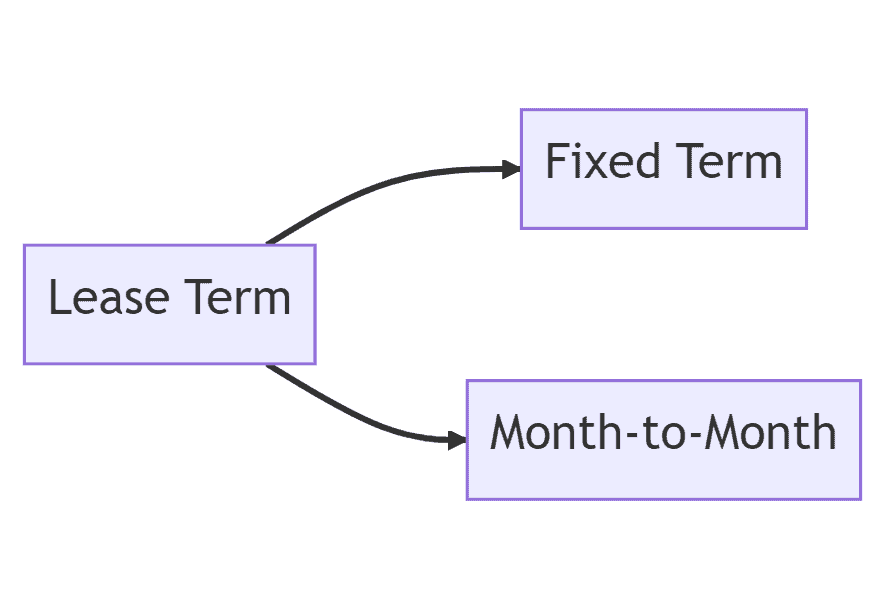
- Rent Amount and Payment Terms
Clearly outline the lease agreement’s rent amount, due date, and accepted payment methods. If applicable, this section should also include details on late fees and grace periods. Specifying rent payment terms helps avoid disputes and ensures timely rent collection.
- Security Deposit
A security deposit serves as a financial safety net for the landlord, covering any unpaid rent or damages to the property. The lease agreement should state the deposit amount, conditions for withholding, and the timeframe for returning the deposit after the lease ends.
- Maintenance and Repairs
Detail the tenant’s and landlord’s responsibilities for maintaining the property and handling repairs. This may include lawn care, snow removal, and routine maintenance. Clearly defining these responsibilities helps prevent disagreements and ensures the property stays in good condition.
- Rules and Regulations
Outline any specific rules and regulations that tenants must follow, such as noise restrictions, pet policies, and smoking restrictions. Including these details in the lease agreement helps create a harmonious living environment and minimizes potential disputes.
- Termination and Renewal
Specify the conditions under which the lease can be terminated, such as breach of contract or failure to pay rent. Additionally, include information on lease renewal, whether automatic or requiring written notice from the tenant.
- Subletting and Assignment
Define the tenant’s rights and restrictions when it comes to subletting or assigning the lease to another party. This section should detail any required landlord approval processes and potential fees associated with subletting or assignment.
- Landlord Entry
Clarify the circumstances under which the landlord can enter the property, such as for maintenance or inspections. Include any required advance notice and acceptable entry times to respect the tenant’s privacy and comply with local laws.
- Governing Law
Indicate the governing law that applies to the lease agreement, typically the state or jurisdiction where the property is located. This ensures that any disputes or legal issues are handled according to the appropriate legal framework.
- Dispute Resolution
Include a dispute resolution clause outlining the preferred method for resolving disagreements, such as mediation or arbitration. Specifying a dispute resolution process can save both parties time and money in the event of a disagreement.
Conclusion
A well-crafted lease agreement is crucial for protecting both landlords and tenants. Incorporating these essential terms can create a strong foundation for a successful and harmonious leasing experience. PreReal™ Prendamano Real Estate is dedicated to providing expert guidance and resources to help you easily navigate the leasing process. For additional assistance or questions, don’t hesitate to contact our knowledgeable team of real estate professionals.
ADDITIONAL LEASE AGREEMENT CONSIDERATIONS
While the terms outlined above are the most common and essential elements of a lease agreement, there are additional factors to consider when drafting a comprehensive and legally binding document. These may include:
- Renters Insurance
Address whether the tenant is required to obtain renters insurance as a lease condition. Renters insurance can protect the tenant’s personal belongings and provide liability coverage, offering both parties peace of mind.
- Alterations and Improvements
Define the tenant’s rights and restrictions regarding alterations or improvements to the property. This may include painting, installing fixtures, or making other changes to the premises. Specify whether landlord approval is required and if any alterations must be returned to their original condition at the end of the lease term.
- Joint and Several Liability
If multiple tenants are signing the lease, consider including a joint and several liability clauses. This clause holds each tenant individually responsible for the full obligations of the lease, ensuring the landlord can collect rent and address any violations regardless of which tenant is responsible.
- Right of First Refusal
A right of first refusal clause gives the tenant the opportunity to match any offer the landlord receives to sell the property. This can be an attractive option for tenants who may be interested in purchasing the property in the future.
- Option to Purchase
An option-to-purchase clause grants the tenant the right to buy the property under specific terms and conditions during the lease term. This can be a useful tool for attracting long-term tenants and providing a path to homeownership.
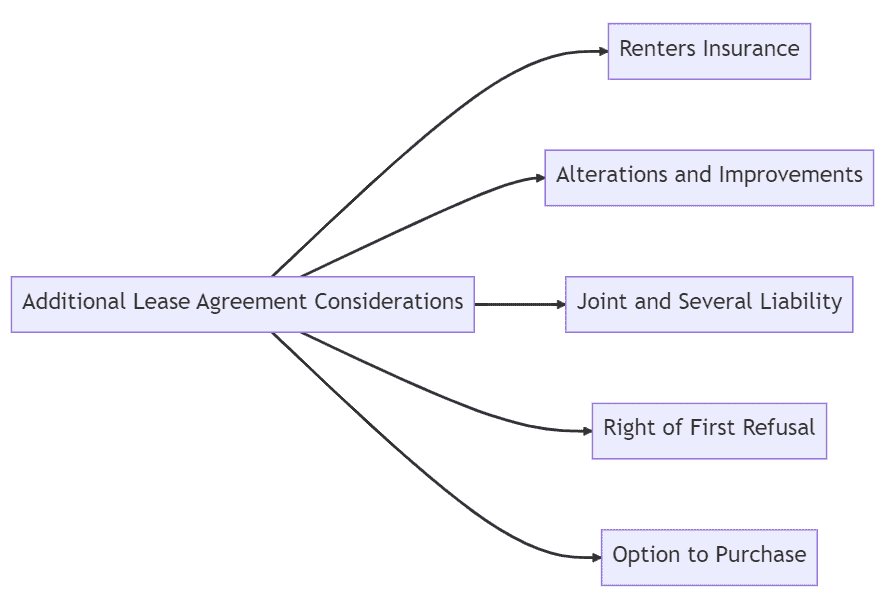
- Final Thoughts
Creating a thorough lease agreement that addresses the unique needs of your property and tenant is essential for fostering a successful landlord-tenant relationship. By incorporating the key terms discussed in this guide and any additional considerations, you’ll be well on your way to drafting a comprehensive and legally binding lease agreement.
Remember, PreReal™ Prendamano Real Estate is here to support you throughout the leasing process. Our team of experienced real estate professionals is ready to answer your concerns and provide guidance to ensure that both landlords and tenants have a great experience.

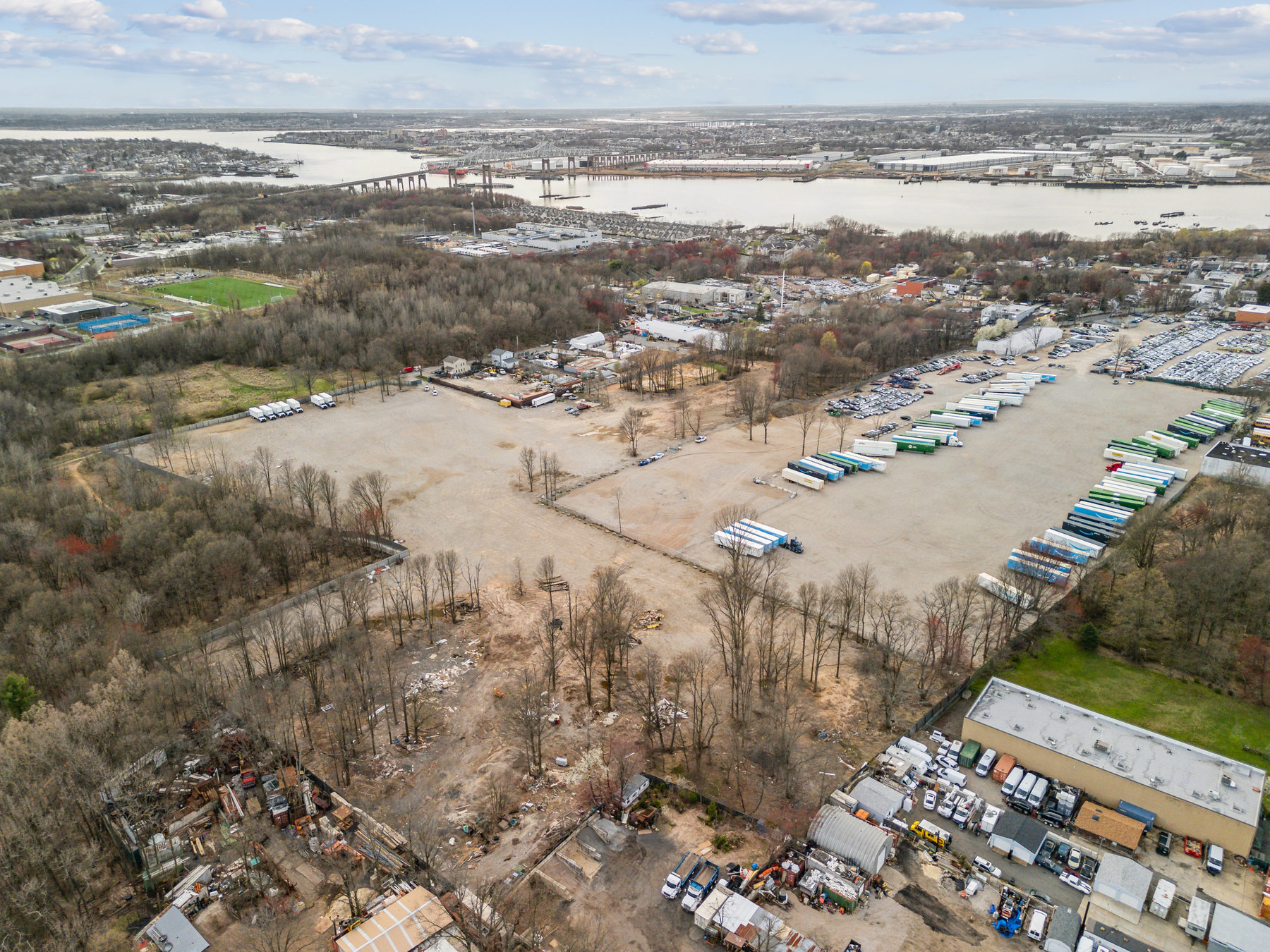

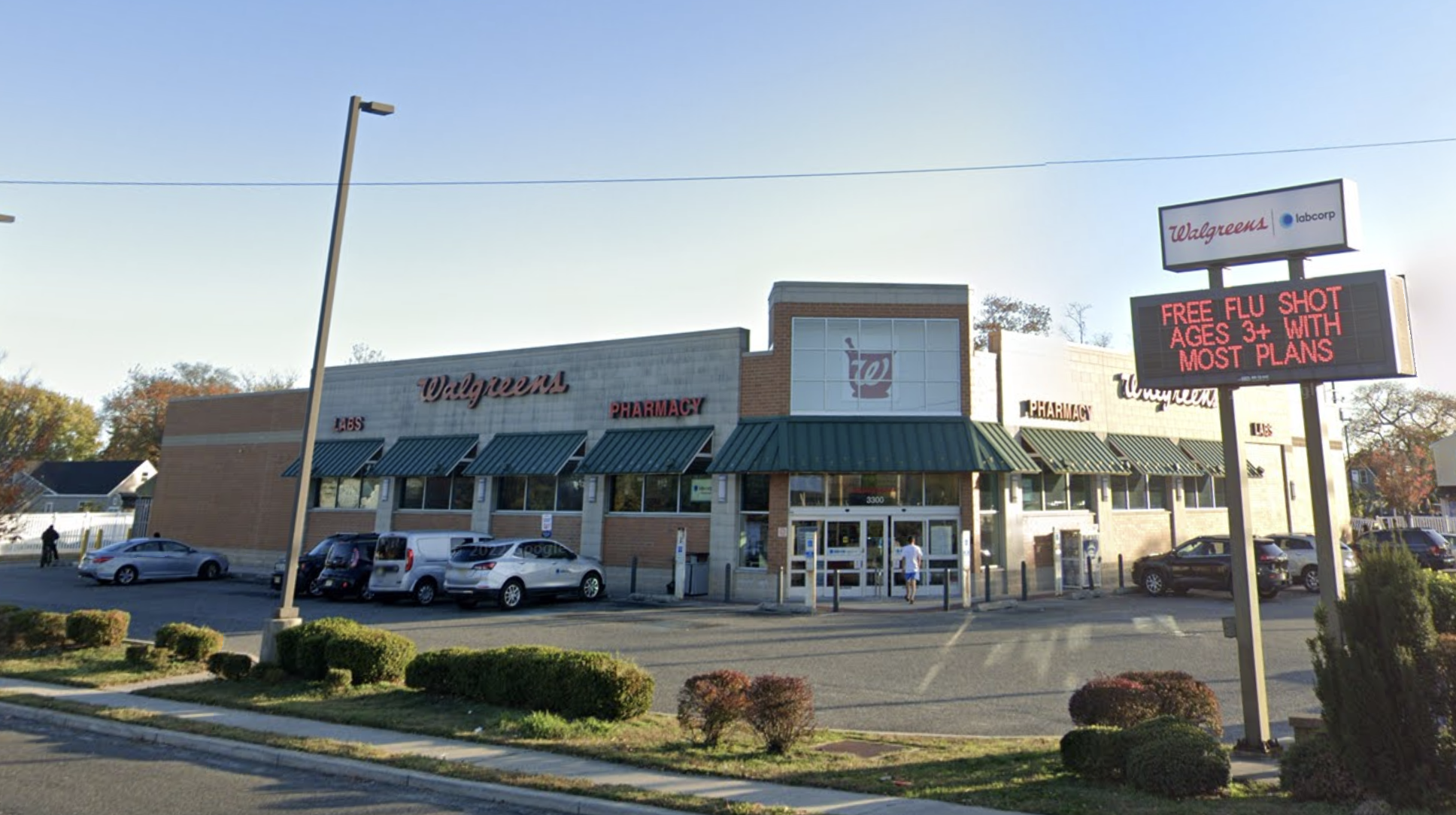
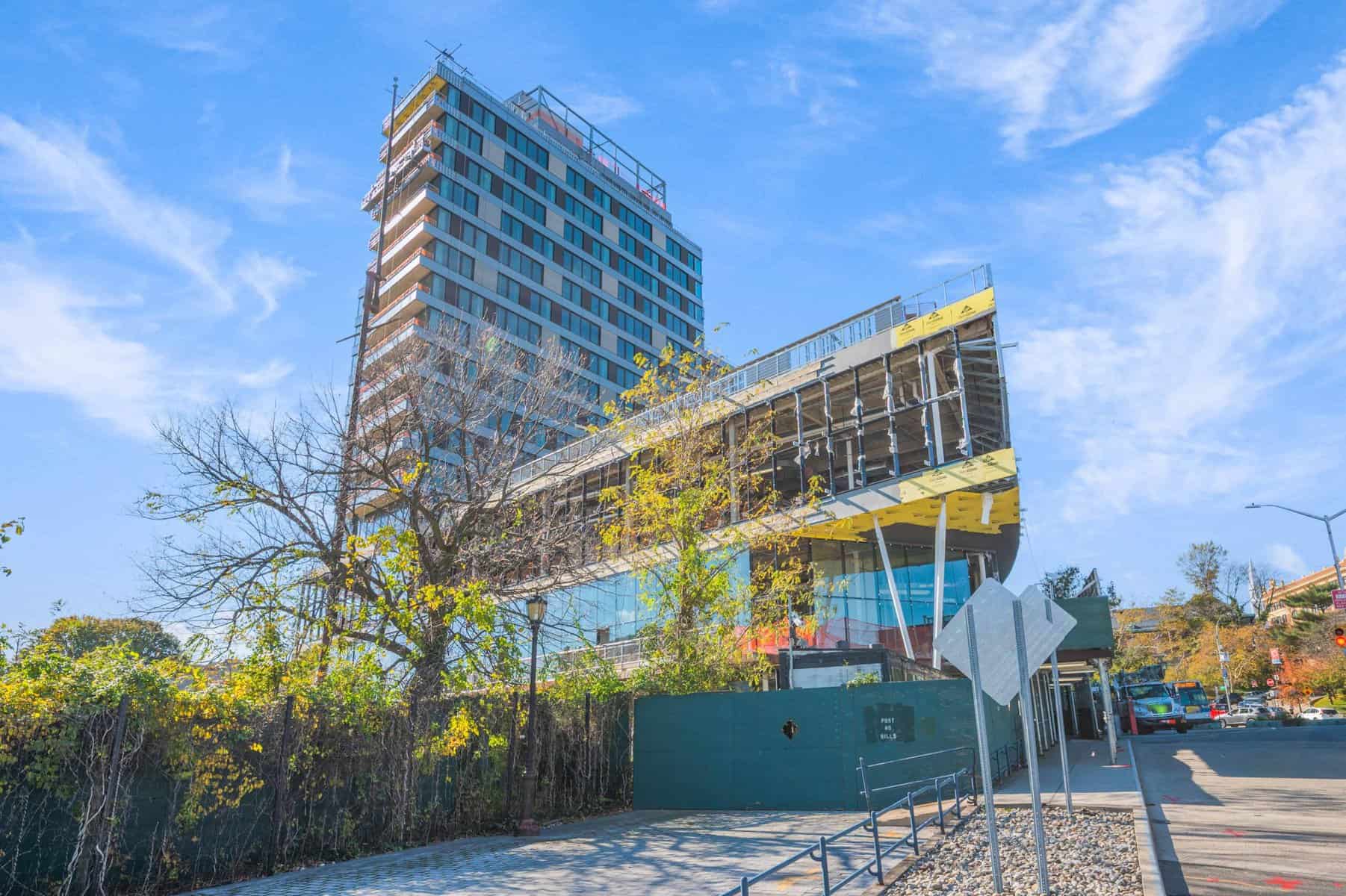


Leave a Comment